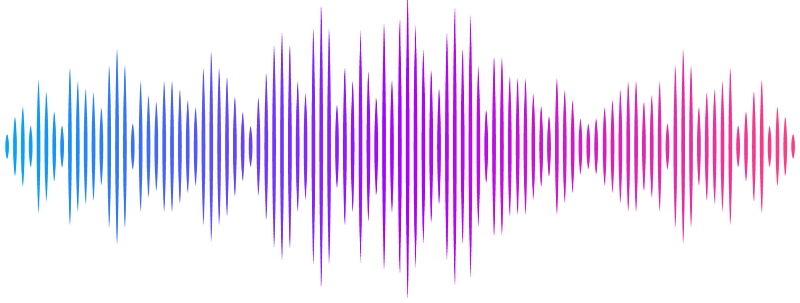Cerebellar Ex Vivo Magnetic Resonance Imaging at its Feasibility Limit: Up to 77-Microns Isotropic Resolution using Low-Bandwidth Balanced Steady State Free Precession (LoBa-bSSFP) Sequences and 3T Standard Equipment

Cerebellar Ex Vivo Magnetic Resonance Imaging at its Feasibility Limit: Up to 77-Microns Isotropic Resolution using Low-Bandwidth Balanced Steady State Free Precession (LoBa-bSSFP) Sequences and 3T Standard Equipment
Weigel, M.; Dechent, P.; Galbusera, R.; Bahn, E.; Lu, P.-J.; Kappos, L.; Brueck, W.; Stadelmann, C.; Granziera, C.
AbstractBackground: Ultra-high-resolution magnetic resonance imaging of the ex vivo brain is increasingly becoming an indispensable tool for studying the morphology and potential pathology of the brain. Despite the important role of the cerebellum in nervous system functions and motor control, as well as its potential damage in neurological diseases, it remains relatively understudied compared to other brain regions. One major reason is the even finer structures. Methods: A balanced steady state free precession approach with receiver bandwidths as low as 50Hz/pixel and long repetition times of 36ms is suggested and optimized, called \"LoBa-bSSFP\", which enhances the signal-to-noise ratio and alleviates strain on the gradient system for the ultra-high spatial resolutions. A radiofrequency phase cycle scheme is used to reduce potential artifacts. Only 3T MRI standard equipment is utilized for acquisition and basic image reconstruction of the ex vivo brain immersed in perfluoropolyether. Results: The presented LoBa-bSSFP approach provides images with very good soft tissue contrast and a detailed visualization of cerebellar morphology. It enables isotropic resolutions of 98-microns for the entire cerebellum, a further refinement allows even up to 77-microns isotropic on a purely clinical MR system. The acquisitions preserved the integrity of the ex vivo cerebellum, so maintaining its connection to the cerebrum and brainstem. Conclusions: Our findings demonstrate the feasibility of employing 3T based LoBa-bSSFP for true ultra-high-resolution ex vivo imaging of the cerebellum, reaching resolutions up to 77-microns isotropic and the potential to reveal subtle microscopic abnormalities of the cerebellar cortex. LoBa-bSSFP may be superior to conventional FLASH sequences in terms of acquisition efficiency and - in some cases - even contrast.
